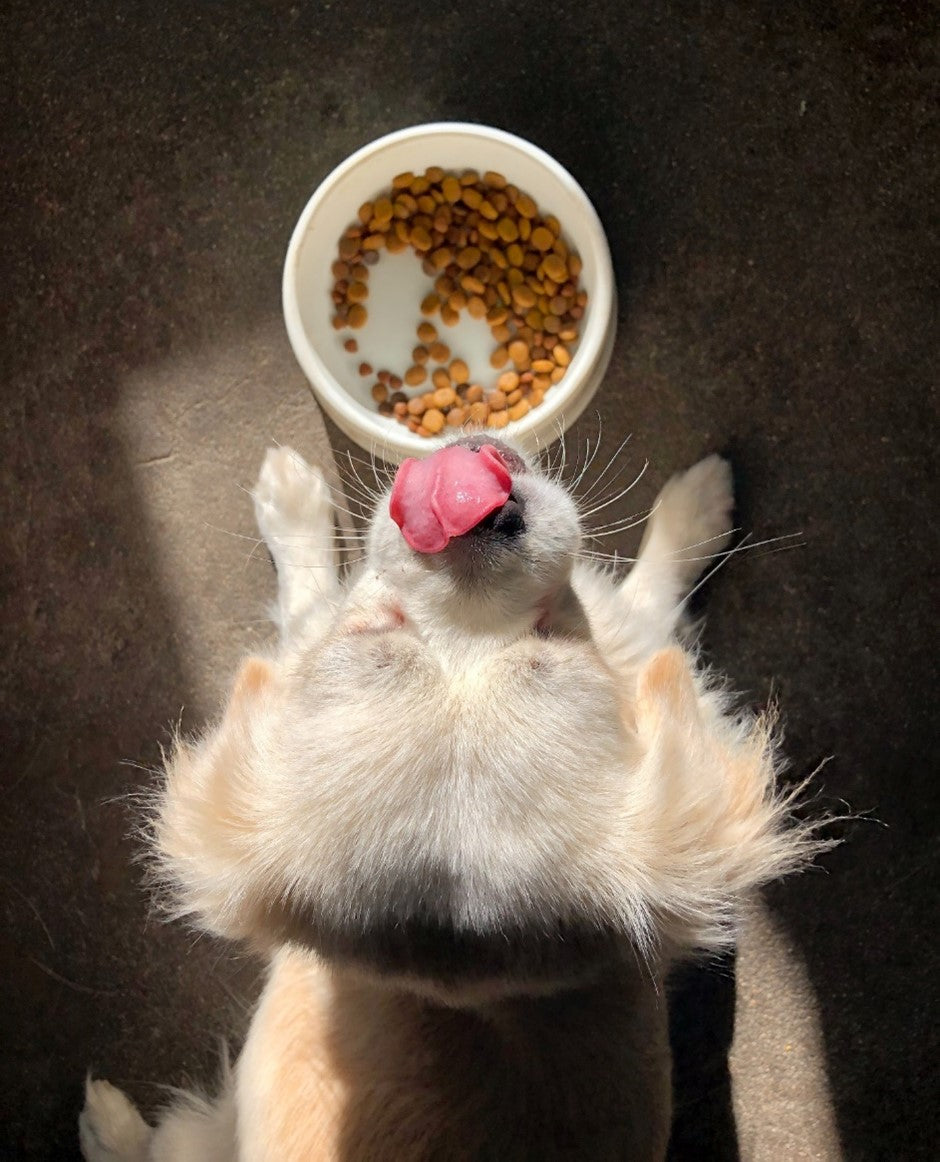Vomiting can be common for dogs, but not all vomit is created equal. While the occasional throw up after dinner or drinking too much water is not cause for alarm, frequent vomiting, or vomit that is unique in color could be a sign of an underlying health condition.
Read on to learn how to decode your dog’s vomit and know when you should be concerned.
3 Ways to Better Understand Your Dog’s Vomit
Your dog’s vomit can be a big window into your dog’s health, but only if you can decode the meaning. Here are three ways to understand what your dog’s vomit is trying to tell you:
Frequency
How much and how often your dog throws up is a big indicator in how concerned you should be about the situation.
For many dogs, throwing up occasionally, because they ate too fast, or something did not agree with their stomach is normal. If your dog is throwing up persistently, however, that is a sign that something could be wrong.
If your dog has thrown up more than twice in the last 24 hours, you should consult with your vet to see what is causing their vomiting.
Color
The color of your dog’s vomit can be the key to understanding their illness.
The cause of vomiting is often influenced by the color of the last thing your dog ate. So, if you suspect that your dog ate something toxic, this is important to pay attention to. For example, bright green or teal-colored vomit could mean that your dog consumed rat poison.
Green and yellow vomit usually indicates that bile is present in your dog’s vomit. This could be a sign of reflux, or it could mean your dog has thrown up on an empty stomach. Your dog’s vomit can also be green if they have ingested grass or plant material recently.
Red or black vomit is concerning because it could mean your dog is vomiting blood, a symptom of gastrointestinal diseases, inflammation, injury, or poison ingestion. Darker vomit that looks like coffee grounds could also be blood but is often a sign that your dog could have an internal blockage. Seek veterinary care immediately.
Consistency
Just as color can be helpful in narrowing down the cause of your dog’s vomiting, the texture can as well.
Vomit that is chunky is typically the safest kind of vomit for your dog to throw up. It is usually mixed with pieces of undigested food and a sign that your dog has an upset stomach or some kind of stomach bug. If your dog only throws up this kind of vomit once or twice, the issue will most likely resolve itself.
If your dog’s vomit is liquid, slimy, or clear, this is a sign that your dog did not have enough food in their stomach when they threw up. If there is foam in the vomit, this could indicate liver, kidney, or pancreas issues, as well as gastritis or acid reflux. Some pets can actually get what is called “hunger-pukes”. This generally is not a huge cause for concern and stops with minor adjustments to their daily routine Usually by offering more frequent smaller meals you can see this resolve on its own.
Grainy vomit that looks like coffee grounds is a sign of internal bleeding, and you should contact your vet immediately.
Should You Be Worried About Your Dog?
While your dog’s vomit can help diagnose their issue, it is only one part of a bigger picture. If your dog is vomiting frequently, or if the vomit has a unique color or consistency, it is important to take him to the veterinarian for an evaluation. Early detection of health conditions can help ensure your pup receives the treatment he needs. Also, let’s not forget that feeding Health Extension pet food along with Belly + Immunity will support your dog’s health and happiness for a lifetime.
Have you ever experienced this with your dog? What did you do?



